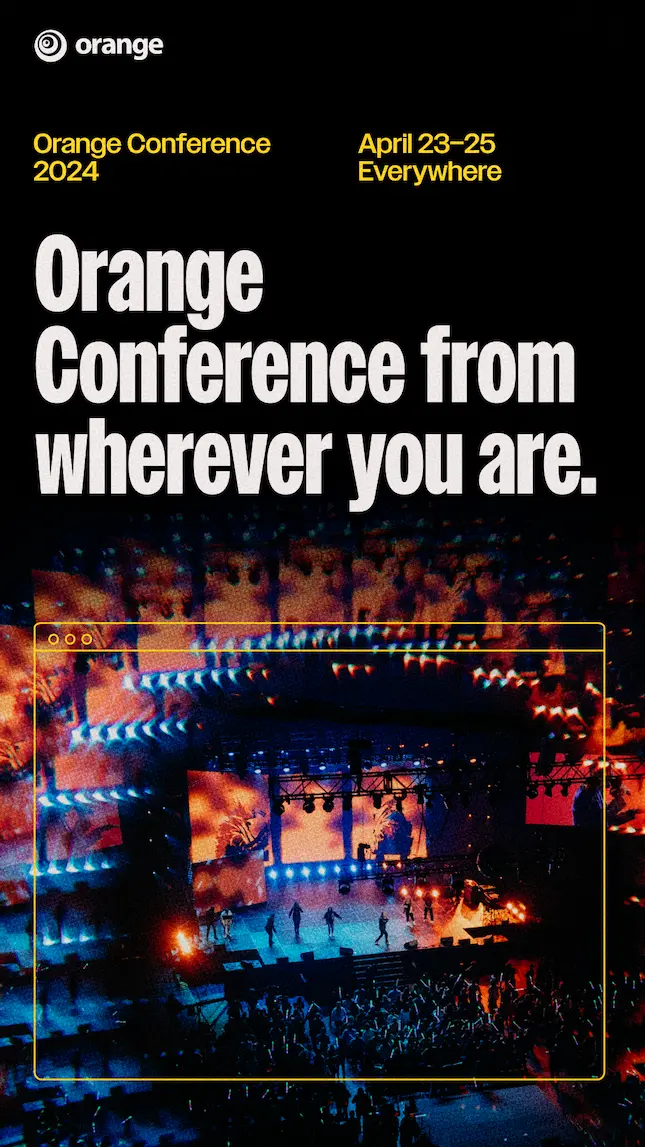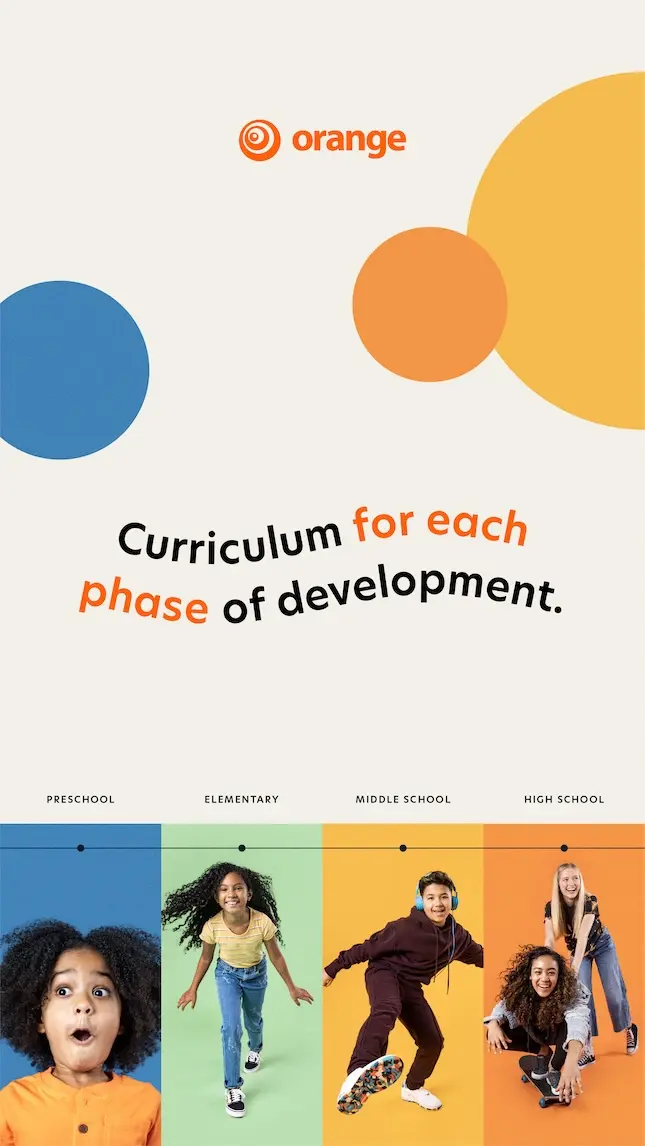If you’ve ever communicated to a room of both middle school students and high school students, you know a few things are true . . .
- There is often an invisible line dividing middle school students from high school students, and everyone has agreed not to cross it.
- The jokes middle school students laugh at are not the same as the jokes high school students laugh at.
- What a high schooler needs to hear about a certain topic is slightly different than what a middle schooler needs to hear about a certain topic.
That’s why we’ve created XP3 Middle School and XP3 High School Curriculum. We think the best-case scenario for a combined student ministry is to use both curriculums to create messages and activities that are engaging and developmentally appropriate for both middle school and high school students.
In fact, we believe using both curriculums is so important that we created a curriculum bundle. You receive approximately a 70% discount on the second XP3 curriculum when you purchase both MS and HS curricula.
However, even with the discount, we know that purchasing both curriculums in a combined environment is just not possible for every ministry.
We know you are a thorough leader who is doing the research and doing your best to be a good steward of your church’s finances. That’s why I (Jamal) wanted to share some tips for how to decide between XP3 MS and XP3 HS if you can only buy one.
The most important difference between XP3 MS and XP3 HS
There are several differences people think exist between our middle school and high school curricula. But I’m here to tell you the most important difference between them is that each is developmentally specific for each phase of life. We elaborate on this by saying that middle schoolers think like engineers and high schoolers think like philosophers. Therefore, we create specific object lessons, visuals, and activities that best fit each age group’s unique learning style.
Here’s how I would suggest you read for developmental specifics between the two curriculums. Pull up both the “Week 1” communicator guide and small group leader guide from the free trial of XP3 MS and XP3 HS you should have. Then, read through them back to back with this one question in mind: “Which of these best fits the predominant developmental phase of my students?”. After doing that, you’ll probably have a good guess at which curriculum would best fit your students. Remember that almost nobody knows your students better than you, so you can trust your judgment.
Is your group majority middle schoolers or high schoolers?
Another way to determine which curriculum would be best if you had to pick one would be to think about which group is the majority. If your group is mostly middle school students, it might be a good idea to pick XP3 MS. If your room is mostly high school students, then it might be a good idea to pick XP3 HS. Just be sure to edit the small group questions for the other age group.
Which group are you least comfortable speaking to?
Even if you’re picking just one curriculum, it would still be ideal to have unique moments for the two different age groups. If you’ve been communicating for long enough, you might know which age group you feel most comfortable speaking to (or even understand better). Consider picking the curriculum designed for the age you’re least comfortable teaching. That’s because you will probably be able to come up with age-specific examples and activities for the age you are most comfortable with pretty easily. While the age you’re least comfortable with, you’ll need some help. That’s where our team can support you by supplying some creative ideas for games, interactives, and experiences
Middle schoolers can’t think like high schoolers, but high schoolers can think like middle schoolers.
This idea blew my mind when I first heard it (maybe it’s blowing yours as well), but it makes logical sense. Because high schoolers were at one point middle schoolers, they can go back in their memory and remember what it was like to be and think like a middle schooler. Middle schoolers, obviously, have not been high schoolers yet, so they cannot speed up their development and think like high schoolers. When psychological development is a factor in your curriculum decision, this idea is worth a second thought in the process.
Additional resources
Yet, if you’d like a slightly longer answer, then try reading this blog on How To Use XP3 In A Combined Environment.
If you’d like a longer and even more thorough answer, then you can download and read our XP3 Split Kit there. We know you’re not trying to split your group right now, but there are a lot of great ideas on how to get phase specific in this resource.
If you’d prefer an answer via podcast, you can find that here at RYM 078: Can MS & HS Students Thrive in a Combined Youth Ministry Environment?. This is a past episode of the Orange Students Rethinking Youth Ministry podcast.
If you’d like to have a conversation with an actual person about this (With me, an Orange Curriculum Guide) over a phone or Zoom call to get the most complete answer, schedule a meeting with me through this link here. And if you don’t see an open time slot soon enough for your schedule, please email me at Jamal@thinkorange.com to let me know. I can normally move some things around on my end to better fit your schedule.
I hope this is helpful! Thank you for considering XP3 as your potential curriculum partner!



